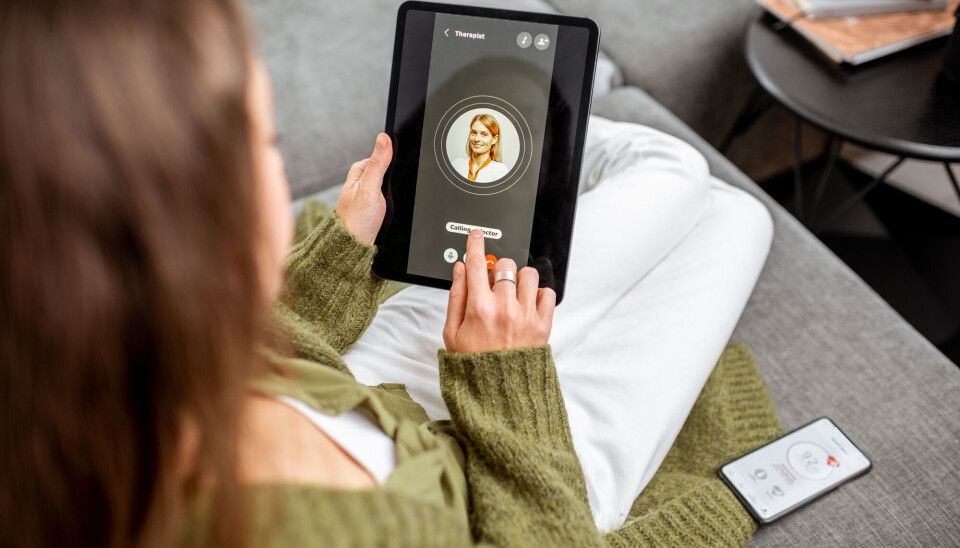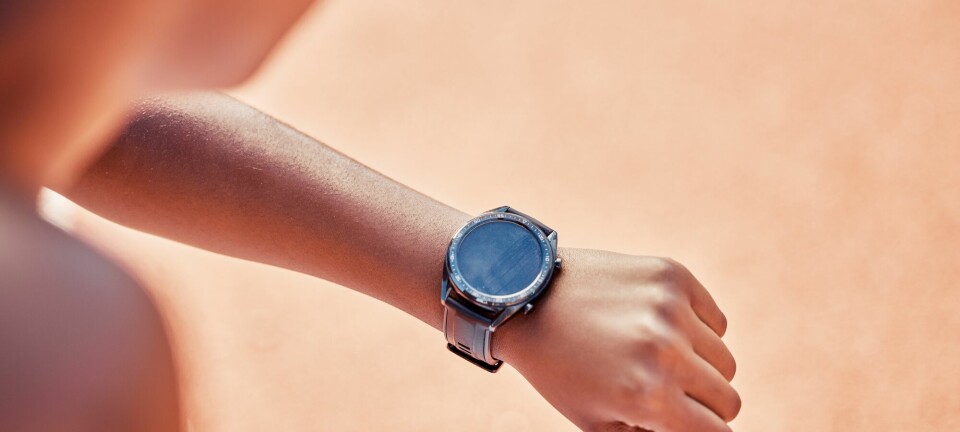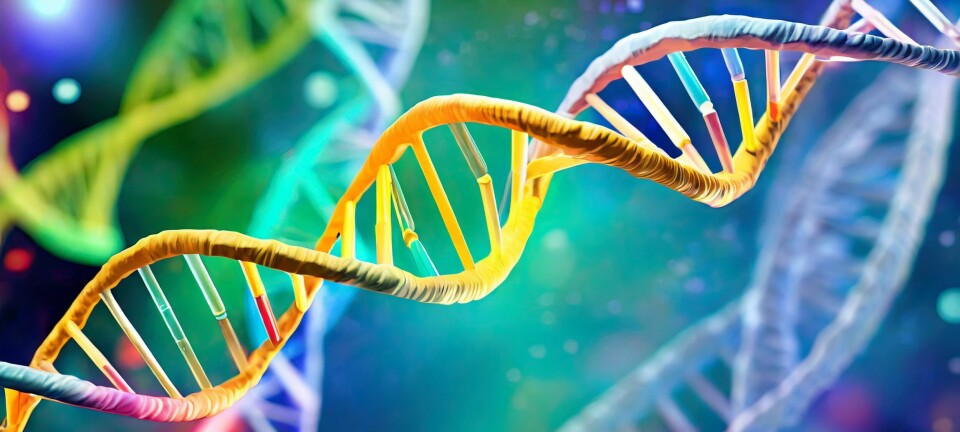Share your science:

Telemedicine:
How new technologies can bring medical care to people in remote areas
SHARE YOUR SCIENCE: The introduction of AI and smart technology is paving the way for more proactive, personalised, and accessible medical services.
Have you ever imagined a world where medical care transcends physical boundaries? Where people in remote areas or individuals who struggle to access traditional healthcare facilities can access medical care?
In an era where technology advances at a breathtaking pace, a new
design for a mobile health (mHealth) application emerges as a beacon of
progress: telemedicine.
In the realm of telemedicine, where sensitive health information is constantly exchanged, how do we ensure robust data security?
Telemedicine, particularly the mobile health (mHealth) system, is transforming the way medical care is delivered, especially in remote areas. This system harnesses the capabilities of smart devices like smartphones and watches, along with artificial intelligence (AI) and video conferencing. This integration offers significant benefits for those living far from traditional healthcare facilities, such as hospitals and clinics.
Technical challenges in telemedicine
While the potential is immense, this system faces significant technical challenges. How can we ensure high-quality video calls over unstable internet connections? How do we seamlessly integrate various smart devices and AI components to make sure they work properly? Addressing these issues is paramount to the success and reliability of the telemedicine service.
However, the diversity of smart devices, each with its unique set of features, software, and hardware, presents a challenge. Ensuring consistent and accurate measurements across different devices and operating systems is critical. The mHealth system needs to be flexible enough to function efficiently across various models while maintaining uniformity in data analysis.
The accuracy and reliability of health data collected by these devices are paramount. For effective healthcare delivery, it's essential that the system not only gathers data but also interprets it accurately, irrespective of the device or platform. This requires advanced algorithms and standardised protocols to ensure that health professionals receive reliable information to make informed decisions.
Continuous health monitoring: Is it a game changer?
The integration of smart devices into our healthcare system marks a revolutionary step. Unlike traditional healthcare, which relies on periodic hospital visits, the smart devices enable real-time tracking of healthcare data such as heart rates and blood pressure. Continuous monitoring of such vital signs can lead to early detection of health issues, significantly improving patient outcomes.
AI algorithms serve as the analytical core of this system, processing vast amounts of health data from smart devices. They offer personalised health recommendations and play a pivotal role in managing chronic conditions and preventive healthcare.
However, there are also challenges. How do we manage the vast amount of data? What if the AI algorithms are biased? And how do we know what the AI bases its decisions on? How do we navigate these complexities to ensure effective and reliable healthcare delivery?
We need to prioritise data security in digital healthcare
In the realm of telemedicine, where sensitive health information is constantly exchanged, how do we ensure robust data security?
The answer lies in implementing advanced encryption methods to protect data during transmission and storage. Conducting regular security audits is also critical to identify and rectify potential vulnerabilities.
Furthermore, educating users on best practices for data protection plays a vital role in maintaining the integrity of the system. By fortifying the security framework, telemedicine can safely manage personal health information, fostering trust among users.
Our vision: A seamless healthcare model
In our envisioned healthcare model, the integration of various cutting-edge technologies plays a pivotal role. Imagine yourself using a smart health monitoring device that effortlessly transmits your vital statistics to a secure database. This information is then analysed using both standard data analysis to track your day-to-day wellness and AI to detect any underlying health trends.
The seamless integration of technology ensures that your healthcare experience is both personalised and informed, no matter where you are.
In this connected health system, you can have a video conferencing session with your doctor, who has immediate access to your health data through a website. This seamless integration of technology ensures that your healthcare experience is both personalised and informed, no matter where you are.
With every piece of data analysed and every consultation personalised to your needs, you're experiencing the cutting edge of telemedicine, designed to keep you healthy and informed.
Scaling up: Meeting future demands in telemedicine
As telemedicine continues to grow in popularity, scaling the system to accommodate more users and handle larger volumes of data becomes a primary focus. This includes optimising the system's infrastructure to prevent any lag or decrease in performance despite increased loads.
Simultaneously, enhancing the user interface to ensure ease of use and accessibility for a diverse range of users is essential. Additionally, extending compatibility to a wider array of smart devices makes healthcare more accessible to various segments of the population – old and young, people in the cities as well as those living in remote areas. These enhancements are pivotal for the effectiveness of telemedicine services.
Envisioning a transformative future in healthcare
The advent of this mHealth application, powered by AI and IoT technologies, signifies a transformative shift in the healthcare sector. It transcends the traditional reactive approach to healthcare, paving the way for more proactive, personalised, and accessible medical services.
The continuous evolution of this technology promises not only to enhance the quality of healthcare delivery but also to redefine the very nature of healthcare interactions. As we embrace this new era, the potential for digital healthcare to reshape and improve health outcomes on a global scale becomes increasingly apparent.
References:
- Jat, Avnish Singh, Grønli, Tor-Morten and Lakhan, Abdullah Raza "Towards Next-Generation Healthcare: Architectural Insights into an AI-Driven, Smartwatch-Compatible mHealth Application." (2023). (Abstract)
- Jat, Avnish Singh and Grønli, Tor-Morten. "Harnessing the Digital Revolution: A Comprehensive Review of mHealth Applications for Remote Monitoring in Transforming Healthcare Delivery." International Conference on Mobile Web and Intelligent Information Systems. Cham: Springer Nature Switzerland, (2023). (Abstract)
Further reading:
Share your science or have an opinion in the Researchers' zone
The ScienceNorway Researchers' zone consists of opinions, blogs and popular science pieces written by researchers and scientists from or based in Norway.
Want to contribute? Send us an email!






























